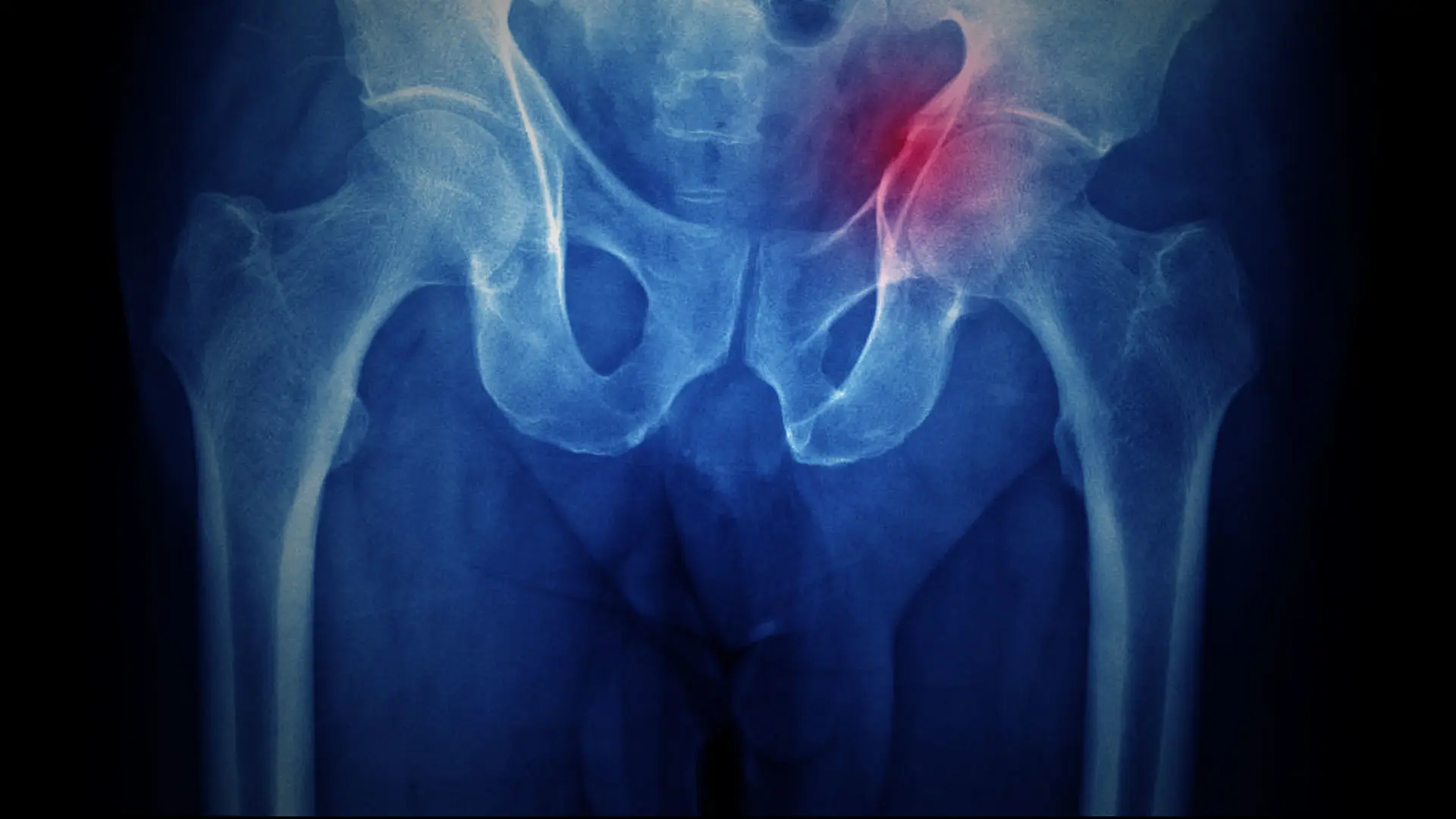Orthopedists at the Mount Sinai Health System have found that rapid surgical treatment—including hip repair or replacement—could significantly improve outcomes for hip fracture patients 65 years of age or older. According to Mount Sinai data, 30 to 40 percent of these patients die in the first year following their injury. After carefully studying this alarming data, orthopedists developed and launched a unique program within the Trauma Center at Mount Sinai Morningside to expedite diagnosis and treatment, enabling surgeons to begin operating within 24 to 48 hours of the patient’s injury in nearly all cases.
“Orthopedic surgery in older people involves consulting multiple specialists to identify comorbidities and contraindications before operating,” explains David A. Forsh, MD, Chief of Orthopedic Trauma and Associate Professor of Orthopedic Surgery at the Icahn School of Medicine at Mount Sinai. “But waiting to clear patients for surgery is a double-edged sword—reducing some risks while increasing others. Our data showed older patients with hip fractures need to undergo surgery as soon as possible.”
The new initiative is coupled with the recognition that adults over 65—especially those with heart failure, compromised lung function, and diabetes—are prone to complications while awaiting surgery. To reduce those risks, Mount Sinai reinvented its surgical model from the ground up, a complex process that required buy-in from administration as well as clinical teams that included Orthopedics, Cardiology, Internal Medicine, Endocrinology, and Geriatrics. Spearheading the effort was a multidisciplinary task force that identified and implemented the following improvements:
Round-the-clock cardiology coverage allowing for echocardiograms and other key diagnostic tests that might indicate the need for stent implantation prior to hip surgery.
Improved availability of specialists to identify necessary interventions, particularly in patients unable to provide a medical history due to conditions like dementia.
A dedicated orthopedic team, including surgeons, nurses, anesthesiologists, and surgical radiology technicians, to handle emergent cases on weekends.
Expanded access to endocrinologists and geriatricians for patients with previously undiagnosed severe osteoporosis that could impact surgical aftercare.
Enhanced collaboration with geriatricians to handle perioperative care for patients without a known medical history or primary care provider.
According to Dr. Forsh, who specializes in fracture care and polytrauma, these changes are transforming surgical care for older patients at Mount Sinai, making operating rooms readily available 24/7 with full staffing, and enhancing access to Mount Sinai’s highly trained subspecialists during diagnosis and treatment to improve outcomes. That maximization of resources also includes surgical scrub technicians and nurses with deep experience in orthopedic surgery.
“More than 90 percent of orthopedic patients with hip fractures can now begin surgery within 24 to 48 hours of their injury, and our team is focused on further improvements in outcomes,” says Dr. Forsh. “By reinventing long-established procedures, we are creating a new model governing the quality, pace, and continuity of surgical care for older adults.”
Mount Sinai is building on that model through a prevention program designed to reduce the occurrence of falls—a leading cause of hip fractures in older adults. This effort involves outreach to frontline providers at nursing homes, physical therapy sites, and rehabilitation centers to improve safety by reducing tripping hazards like rugs and unlit areas. It also emphasizes physical therapy and staying active to prevent the neuromuscular decompensation of aging that leads to falls.
Featured

David A. Forsh, MD
Associate Professor Orthopedic Surgery
